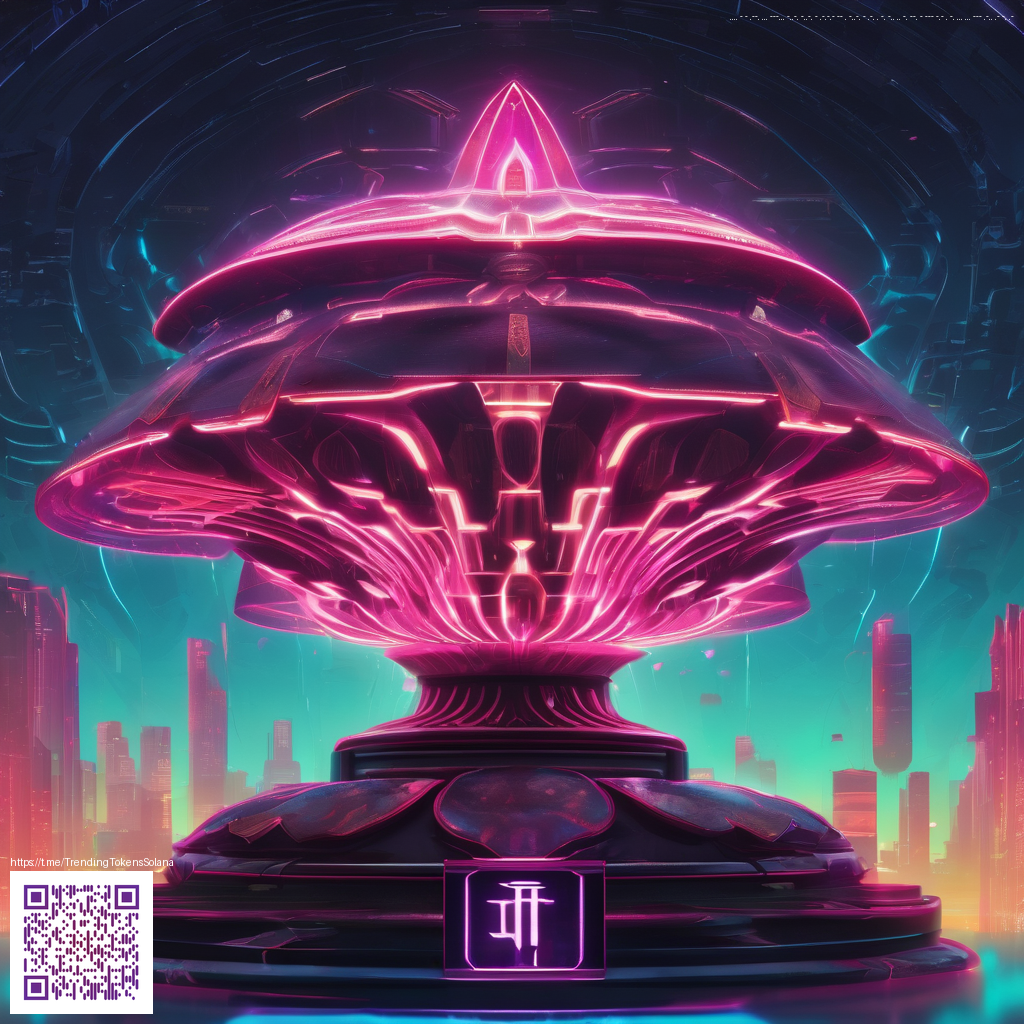
The Rise of Psychological Horror: Silent Hill 2’s Distinct Approach
Few titles have managed to distill fear into something tactile, intimate, and almost unnameable the way Silent Hill 2 does. Rather than relying on brute force or obvious jump scares, it leans into the psychology of its protagonist and the player. The result is a sense of unease that lingers long after the credits roll. The game invites players to interrogate guilt, memory, and the fragility of the self, turning a haunted town into a mirror that reflects interior turmoil as much as exterior dread.
The Unseen Horrors: Memory, Guilt, and Identity
At the core is a narrative that refuses to hand you easy answers. James Sunderland’s quest, driven by a letter, becomes a study in how memory can warp perception. The horror stems from what the mind suppresses or misreads—rather than what lurks behind a door. This emphasis on interior landscapes reshaped expectations for the genre, proving that atmosphere, not gore, can carry a game’s emotional weight. Critics often cite the way Silent Hill 2 crafts dread through ambiguity, leaving players to fill in the gaps with their own fears and experiences.
“In Silent Hill 2, fear is a consequence of conviction—conviction about what you think you know, and the unsettling gaps that remain.”
The design team’s attention to symbolism—whether it’s the recurring motifs of water and reflection or the unsettling, humanoid figures that defy conventional horror anatomy—invites multiple interpretations. This layered storytelling encouraged developers across the industry to explore memory as a playable terrain. Players are invited to piece together backstory, motives, and trauma, which often makes the narrative feel personal, as if the player is unearthing memories rather than simply observing threats.
Crafting Atmosphere: Sound, Space, and Silence
Sound design in Silent Hill 2 is less about explosions and more about the tension between quiet and noise. Subtle creaks, distant radio interference, and an oppressive sense of isolation amplify psychological pressure. The town itself becomes a patient antagonist, its fog and silhouette prompting the player to question what might be lurking just beyond sight. Pacing is deliberate, giving players time to ruminate on discovery and consequence. This approach proved that pace and environment can be as terrifying as any monster, a lesson the genre has absorbed in countless titles since.
For designers and analysts exploring these ideas, practical tools that help visualize or present reference material can be invaluable. Consider a compact display accessory—a tool like the Phone Desk Stand Portable 2-Piece Smartphone Display—to orchestrate research, concept art, or notes during discussions or reviews. Such setups support a focused, intimate study of how space and symbol shape perception, mirroring Silent Hill 2’s emphasis on interiority.
Beyond its era, the game's influence persists in contemporary psychological horror, where writers and game designers seek the same quiet dread and interpretive openness. Modern titles often trade explicit threats for ambiguous atmospheres, encouraging players to confront their own assumptions about fear. As scholars and players revisit Silent Hill 2, the work remains a benchmark for how mood, memory, and meaning can converge to create lasting unease.
For readers who want to explore this topic further through visuals and compiled commentary, a concise overview can be found at this reference page: https://crystal-images.zero-static.xyz/fe2db683.html.